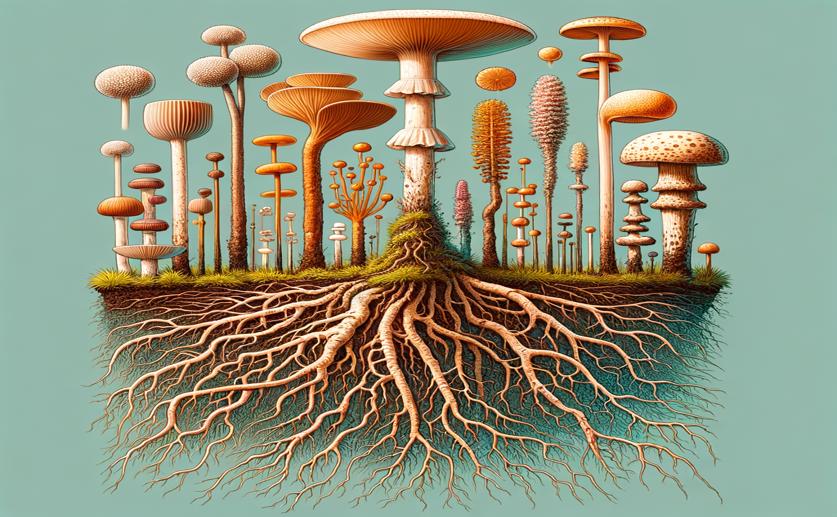
Understanding the Variety of Root Growth Traits in Different Fungal Strains
Greg Howard
4th June, 2024

Image Source: Natural Science News, 2024
Key Findings
- The study by the Czech Academy of Sciences explored how different genotypes of the AM fungus Rhizophagus irregularis acquire and supply nitrogen to plants
- All fungal genotypes transferred more nitrogen to plants compared to non-mycorrhizal controls, showing their active role in nitrogen transfer
- Some genotypes, like MA2 and STSI, showed higher efficiency in exploring nitrogen-rich zones, indicating distinct nitrogen acquisition strategies
References
Main Study
1) Unraveling the diversity of hyphal explorative traits among Rhizophagus irregularis genotypes
Published 3rd June, 2024
https://doi.org/10.1007/s00572-024-01154-8
Related Studies
2) Genetic diversity of the arbuscular mycorrhizal fungus Glomus intraradices as determined by mitochondrial large subunit rRNA gene sequences is considerably higher than previously expected.
3) Genetic and phenotypic diversity of geographically different isolates of Glomus mosseae.
4) Segregation in a mycorrhizal fungus alters rice growth and symbiosis-specific gene transcription.



 21st April, 2024 | Greg Howard
21st April, 2024 | Greg Howard